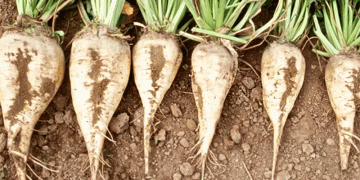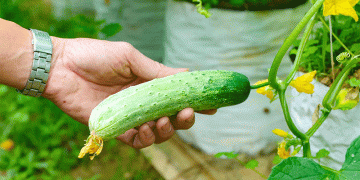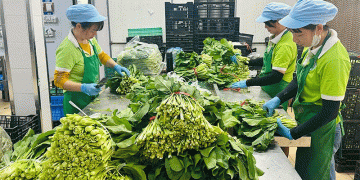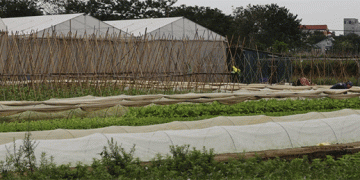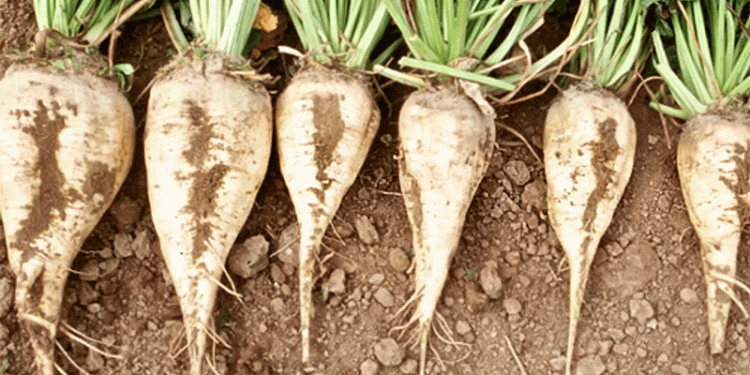The recent update from Tatarstan’s Ministry of Agriculture presents a picture of robust agricultural progress. With 79% of the sugar beet crop harvested from 42,000 hectares, yielding over 2 million tons of root crops at an impressive average of 490 centners per hectare, the region is on track for a successful season. The downstream processing is equally notable, with sugar factories having already produced 82,000 tons of sugar from 593,000 tons of processed beets.
Concurrently, autumn fieldwork is advancing, with 1.4 million hectares (87% of the plan) of stubble land already worked, including deep ploughing on 515,000 hectares. However, Deputy Prime Minister Marat Zyabbarov has rightly called for accelerated tillage rates in several districts, including Yutazinsky, Menzelinsky, and Almetyevsky, underscoring the critical link between post-harvest management and future yield potential.
Local Efficiency in a Global Context
Tatarstan’s yield of 49 tonnes per hectare (490 centners/ha) is a commendable achievement. To put this in a global perspective, it significantly outperforms the 2023/24 season average yield in the United States, which was approximately 70.2 tons per hectare, and is competitive with leading European producers. This high productivity is crucial for the regional economy and contributes to the national sugar stock.
However, this local success story unfolds against a backdrop of global market turbulence. According to a November 2023 report from the USDA Foreign Agricultural Service, global sugar production for the 2023/24 season is projected to be tight, with ending stocks forecast to hit a 13-year low. This supply constraint, driven by adverse weather in key producers like Thailand and India, has driven world sugar prices to their highest levels in over a decade.
The Strategic Imperative of Autumn Tillage
The minister’s push to accelerate zyab processing is not merely bureaucratic. Autumn tillage is a cornerstone of sustainable soil management. It incorporates crop residues, manages pests and diseases, and improves water infiltration. In an era of increasing climate uncertainty, practices that enhance soil water retention and health are not just agronomic best practices; they are a risk mitigation strategy. The directive to specific districts highlights a data-driven approach to identifying and addressing regional bottlenecks, ensuring that the foundation for next year’s crop is secured.
Tatarstan’s 2023 sugar beet campaign demonstrates a successful fusion of advanced agronomy and efficient processing. The high yields are a testament to the skill of the region’s farmers and agronomists. Yet, the true value of this harvest is magnified by the current global supply deficit and high prices, offering a potential profitability window. The focused attention on completing autumn tillage is the critical next step, ensuring that this season’s success does not come at the expense of the next. For farm owners and agricultural scientists, the lesson is clear: operational excellence in both harvest and post-harvest phases is paramount for resilience and competitiveness in a volatile global market.
